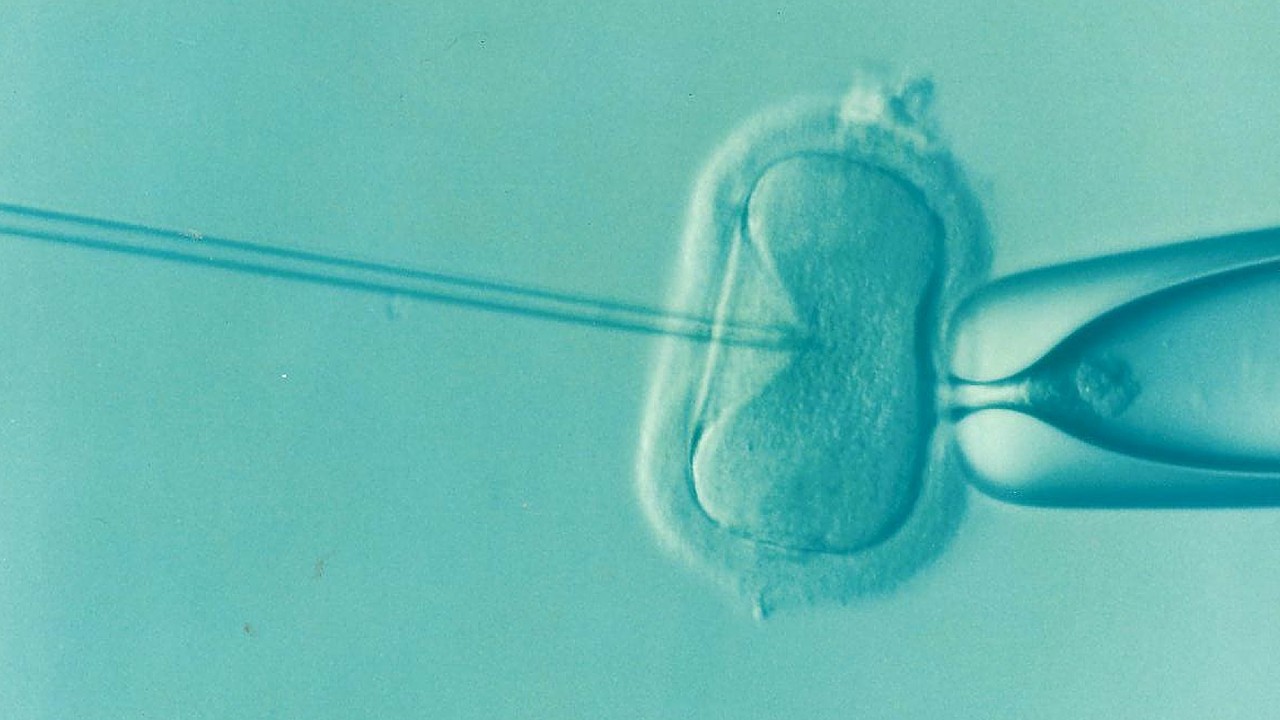KUALA LUMPUR, Oct 14 – A doctors’ group has questioned the inclusion of in-vitro fertilisation (IVF) procedures into the Employees’ Provident Fund (EPF) category of withdrawals, saying falling birth rates is an economic and not a sterility issue.
“Issue is falling fertility rate – a socio-economic problem not fecundity problem,” Federation of Private Medical Practitioners’ Associations (FPMPAM) president Dr Steven Chow said to CodeBlue.
“What has that got to do with infertility? The couple is definitely trying day and night. How much will IVF add to the population?”
Besides covering IVF procedures, Finance Minister Lim Guan Eng also announced during the tabling of Budget 2020 last week that the income tax relief of up to RM6,000 given on expenses incurred for medical treatment of serious illnesses will be expanded to include expenses incurred on fertility treatment.
He had said the fertility rate in Malaysia has fallen from 4.9 children per woman in the 1970s to 1.9 children per woman currently, which is below replacement level.
Opining that the issue is that couples, especially Chinese, are not producing enough, Dr Chow stated that the solution is to get them to produce more children.
“Incentives to have more children,” he suggested.
Dr Chow also commented that the Budget 2020 amendments of the Health Ministry’s Peka B40 health screening programme and the mySalam health protection scheme under the Finance Ministry may have lacked research and input.
“The results of the past one year shows that at implementation, the reality is vastly different from the policy. It is like patching a leaking roof,” he said.
“mySalam should benefit as incidence increases as a person gets older but will have to wait for those eligible last year to grow older; The present cohort of older person from 55-65, which majority would have been diagnosed and therefore cannot qualify as not eligible.”
Under Budget 2020, mySalam increased coverage of low-income Malaysians from the ceiling age of 55 to 65 next year, benefiting an additional 1.5 million people; the minimum age of coverage is 18 years.
On the other hand, Malaysian Medical Association (MMA) president Dr N. Ganabaskaran said that Budget 2020 was a well-balanced budget for health care, and many of MMA’s suggestions have been taken into consideration.
“The health care budget at RM30.6 billion is a fair increase taking into consideration our country’s current economic position,” he stated.
“Quite a number of items on MMA’s budget wish list for the rakyat has been answered, such as allocations for building and upgrading of hospitals, health and dental clinics, renovation of infrastructure, the upgrading of medical equipment and facilities as well as budgets to increase ambulances.”
However, he opined that there is a need to improve the human resource development in the Health Ministry.
“The budget should also address the need of retaining specialists, doctors and nurses as well as support staff. We hope that the lack of positions in government hospitals will also be looked into.”
Commenting on the focus on ICT and digitalisation, he said that the RM31 million allocated to upgrade and maintain ICT services, among others, to implement a pilot project for the hospital’s Electronic Medical Record (EMR) system is a much-needed measure.
“We hope the ministry will also look into more app-based health care interventions.”
He further said that the allocation for health and welfare of the Orang Asli community is a major step towards universal health coverage.








